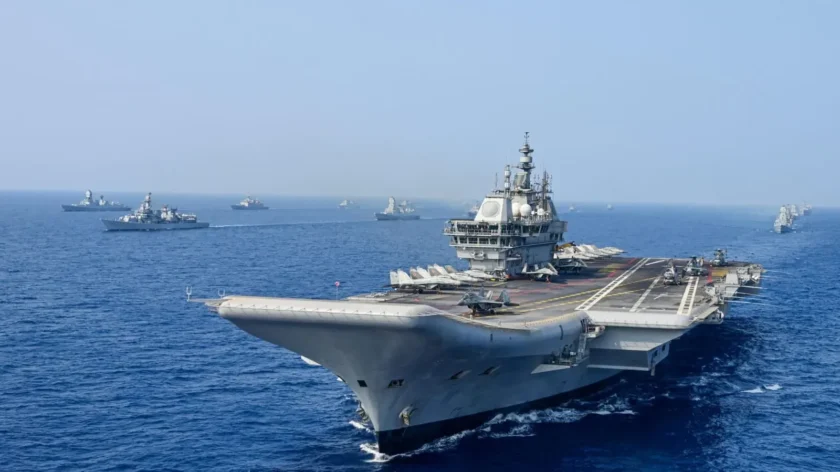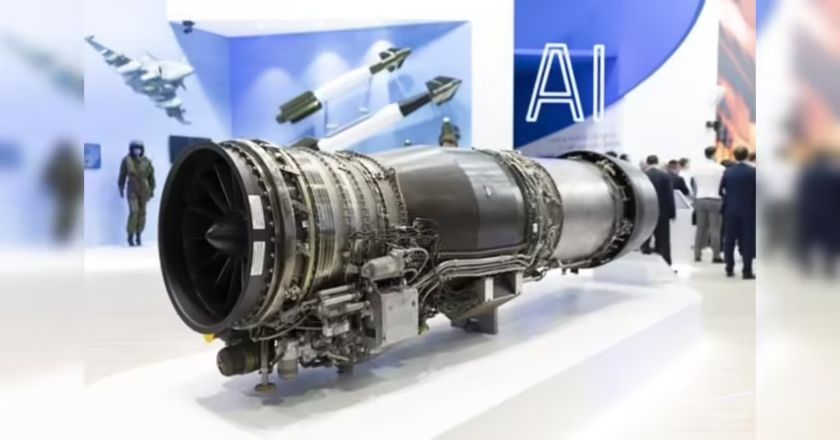New Delhi: India is set to launch one of its largest-ever fighter aircraft upgrade programmes, with the government moving toward approval of a massive modernisation push for the Indian Air Force’s frontline Sukhoi Su-30MKI fleet. According to defence sources, the Cabinet Committee on Security (CCS) is expected to clear upgrades for an initial tranche of 84 aircraft out of the IAF’s current inventory of 259 Su-30MKIs.
The ₹63,000-crore project—popularly known as the “Super Sukhoi” or “Super-30” upgrade—is designed to enhance the jet’s combat performance, survivability, and weapons integration while extending its service life by up to three decades. India will lead the effort through indigenous technologies, with Russia playing a supporting role through select components and transfer of technology.
Indigenous AESA Radar, Electronic Warfare Suite at the Core
At the heart of the upgrade is the new ‘Virupaksha’ Gallium Nitride (GaN)-based AESA radar, which is expected to increase the aircraft’s detection range by 1.5 to 1.7 times. The programme also includes a unified electronic warfare (EW) suite featuring next-generation self-protection jammers, advanced radar warning receivers, and integrated defensive aids. Much of this subsystem development involves collaboration with Indian private-sector partners.
The Su-30MKI’s avionics will undergo a complete digital overhaul, featuring a modern glass cockpit with wide touch displays, upgraded mission computers, and improved infrared search-and-track (IRST) sensors. These enhancements will enable seamless deployment of high-end munitions such as the ASTRA Mk-3 air-to-air missile, BrahMos-ER, Rudram-II anti-radiation missile, and the long-range Russian R-37M.
HAL Leads With 78% Indigenous Content
Hindustan Aeronautics Limited (HAL) will spearhead the modernisation programme, targeting 78% indigenous content. The upgrade will also cover AL-31FP engines, which HAL builds in India with over 50% local components.
The first operationally upgraded aircraft is expected to roll out within five years, with the entire fleet achieving full combat readiness within seven years.
Boost for IAF Amid Falling Squadron Strength
The upgrade arrives at a critical juncture, with the IAF’s fighter squadron strength dipping below 30 after the phase-out of the MiG-21 series. Officials view the Super Sukhoi fleet as the IAF’s backbone for the next 15–20 years, complementing the induction of TEJAS Mk-1A jets and future fifth-generation platforms.

Balancing Defence Ties With Russia and the U.S.
India continues to maintain strategic defence ties with both Russia and the United States. Over the past 15 years, the U.S. has secured defence deals worth $26 billion—including the recent ₹8,900-crore contract for 113 GE-F404 engines for TEJAS Mk-1A and a ₹7,000-crore support package for MH-60R Seahawk helicopters.
Russia, despite delays linked to the Ukraine conflict, has reaffirmed commitments to deliver the remaining two S-400 squadrons by November 2026. India has also initiated a ₹10,000-crore missile replenishment plan for the S-400 system, covering interceptor ranges between 120 km and 380 km, alongside an in-country maintenance, repair, and overhaul (MRO) facility.
S-400’s Performance Reinforces Russian Partnership
The S-400’s decisive impact during Operation Sindoor remains a major factor in India’s continued reliance on Russian systems. Air Chief Marshal A. P. Singh earlier confirmed that the system shot down at least five advanced Pakistani fighters—including F-16s and JF-17s—during the conflict, with one record-breaking engagement at 314 km being described as “the longest kill ever achieved.”
Towards Self-Reliance—With Trusted Partnerships
The Super Sukhoi programme reflects India’s broader strategy of strengthening domestic aerospace capability through Make in India while sustaining long-term defence cooperation with Russia. As the Modi–Putin summit approaches, the modernisation initiative is expected to be a key focus area, though no major new deal announcements are anticipated.
If approved, the upgrade will position the Su-30MKI as a significantly more lethal and survivable aircraft, ensuring that the IAF remains well-equipped to counter evolving threats from both China and Pakistan in the coming decades.





